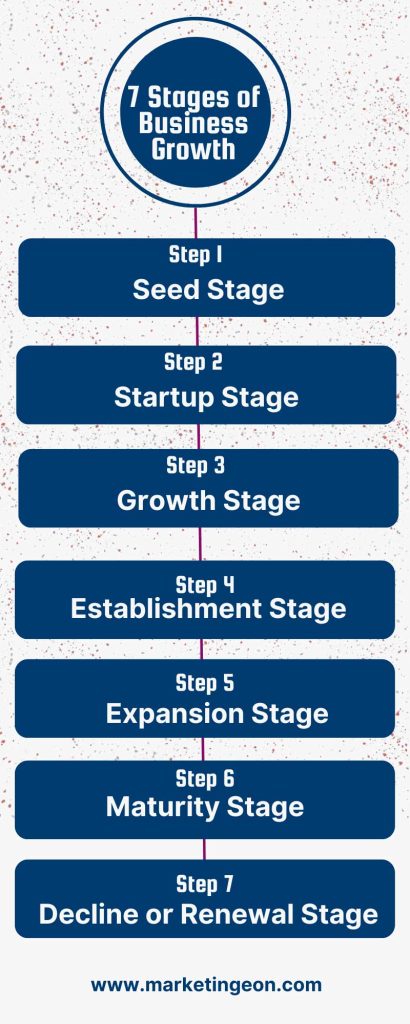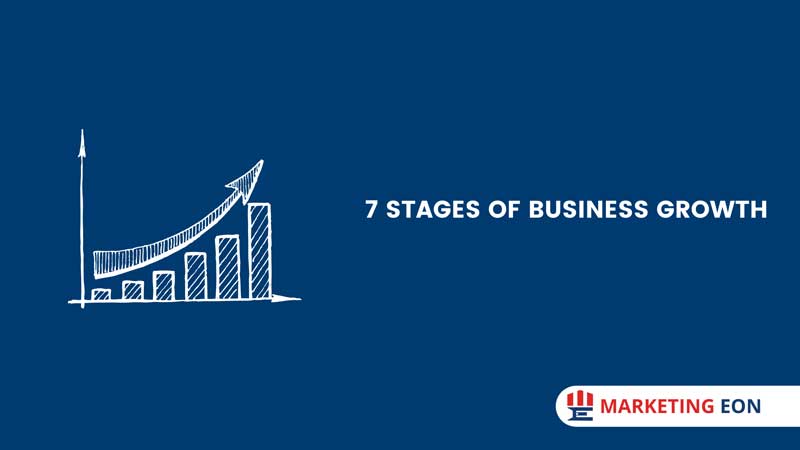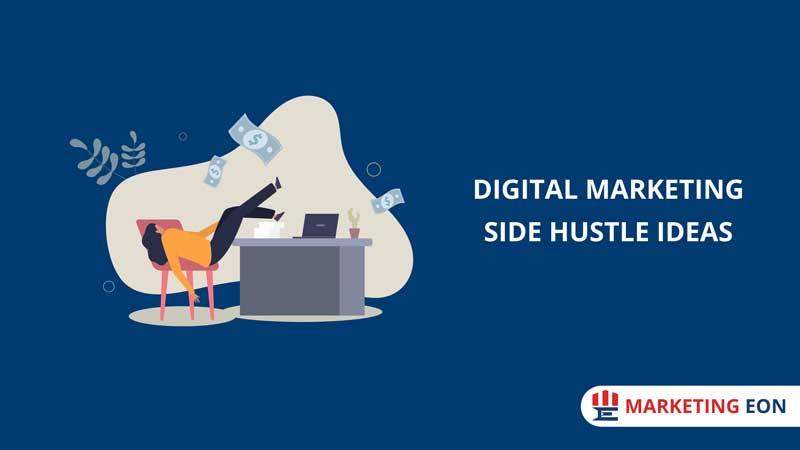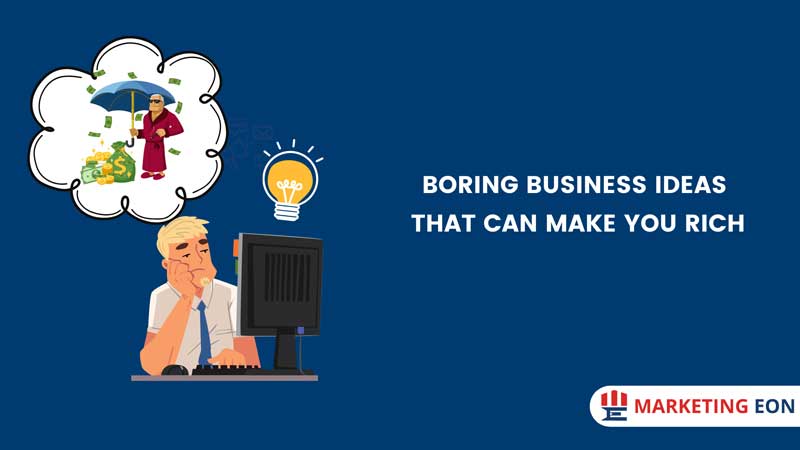Do you know the 7 stages of business growth? These are the 7 stages of business, a business life cycle where you will face new challenges, and you need to overcome these to survive, sustain and grow your business.
Starting and growing a business is an extreme journey fraught with challenges, triumphs, and evolution. Understanding the stages you’ll encounter like any journey can help you navigate the terrain more effectively. These stages are often called the “7 stages of business growth.” Let’s delve into each stage of a business life cycle, accompanied by real-world examples to explain their significance.
7 Stages of Business Growth
1. Seed Stage
The seed stage is the first step of starting a business, where you mark the inception of your business idea. It’s characterized by exploration, market research, and laying the foundational groundwork. At this stage, you refine your concept, identify your target audience, and assess market viability.
Example: Consider the story of Airbnb. Initially conceived as an air mattress rental service to generate extra income, the founders conducted market research and iterated on their idea based on user feedback, eventually transforming it into a global hospitality phenomenon.
2. Startup Stage
Once your idea gains traction, you enter the startup stage. Here, you’re focused on building your product or service, acquiring initial customers, and securing funding. It’s a period of rapid growth, experimentation, and agility.
Example: Dropbox exemplifies the startup stage. With a simple yet innovative cloud storage solution, they rapidly attracted users through a referral program, secured funding, and expanded their product offerings, laying the foundation for future scalability.
3. Growth Stage
In the growth stage, your business experiences exponential expansion. You’ve validated your product-market fit, refined your processes, and scaled operations to meet increasing demand. This phase often requires strategic partnerships, aggressive marketing, and scaling your team.
Example: Uber‘s meteoric rise epitomizes the growth stage. Leveraging technology to disrupt the transportation industry, they expanded globally, diversified their services, and forged strategic alliances to dominate the market.
4. Establishment Stage
As your business matures, it enters the establishment stage. Here, your focus shifts towards optimizing operations, enhancing customer experiences, and solidifying your market position. You’re refining your brand identity, streamlining processes, and cultivating customer loyalty.
Example: Starbucks exemplifies the establishment stage. After achieving widespread recognition for its premium coffee offerings, Starbucks focused on enhancing store experiences, expanding its menu, and fostering a sense of community, cementing its status as a global coffee powerhouse.

5. Expansion Stage
In the expansion stage, your business seeks to broaden its reach and diversify revenue streams. This may involve entering new markets, introducing complementary products or services, or pursuing mergers and acquisitions to fuel growth.
Example: Amazon’s expansion from an online bookstore to a multifaceted e-commerce behemoth illustrates the expansion stage. Through strategic acquisitions like Whole Foods and investments in cloud computing (Amazon Web Services), Amazon diversified its revenue streams and extended its global footprint.
6. Maturity Stage
As your business matures, growth stabilizes, and you focus on sustaining profitability and market relevance. This phase necessitates innovation, adaptability, and a keen focus on customer needs to maintain competitive advantage in a saturated market.
Example: Coca-Cola embodies the maturity stage. Despite being a century-old company, Coca-Cola continues to innovate with new product offerings, strategic partnerships, and marketing campaigns to stay relevant and retain its position as a leading beverage brand.
7. Decline or Renewal Stage
Inevitably, businesses face the decline or renewal stage, where they must confront declining sales, market saturation, or disruptive industry changes. Companies must decide whether to pivot, reinvent themselves, or gracefully exit the market.
Example: Nokia‘s journey reflects the decline or renewal stage. Once a dominant player in the mobile phone industry, Nokia struggled to adapt to the smartphone revolution, leading to a decline in market share. However, they’ve since pivoted towards telecommunications infrastructure and digital health, demonstrating a commitment to renewal.
Conclusion
Understanding these 7 stages of business growth provides invaluable insight for entrepreneurs and business leaders alike. Recognizing where your business resides in this lifecycle, you can proactively strategize, adapt, and thrive in an ever-evolving marketplace. Embrace the journey, learn from each stage, and pave the path towards sustainable success.
You may also read: Starting a Remote Home Cleaning Business






